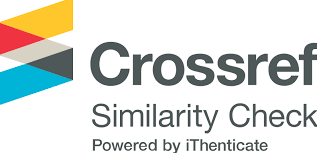Afforestation and exploitation status of Cinnamomum bejolghota (Buch-Ham) in some northern provinces
Keywords:
Afforestation, Cinnamomum bejolghota (Buch. Ham), essential oilAbstract
Currently, there are 3 types of Cinnamomum bejolghota (Buch-Ham)
afforestation models, including: monoculture afforestation, mixed -species
afforestation with other forestry tree species, and forest enrichment by
C. bejolghota. Its afforestation models are planted in different methods.
However, the basic technical measures such as seedling origin, tillage,
fertilization and tending are similar. The survival rate of mixed-species
models was higher than that of monoculture and enrichment planting.
C. bejolghota had a median growth rate, with average diameter growth of
only from 0.54 to 1.6 cm/year. The average height growth ranged from 0.52
to 1.23 m/year. In the mixed -species afforestation with other forestry tree
species models, C. bejolghota grew faster than other native species such as
Hopea odorata, Aquilaria crassna, Parashorea chinensis, Peltophorum
pterocarpum, Manglietia conifera, Lithocapus fisus. The highest yield of
C. bejolghota was found in the mixed-species model in Phu Tho with an
average yield growth of 9.14 m
3
/ha/year. Exploitation of C. bejolghota was
highly limited and the use of C. bejolghota leaves for producing essential
oils has only reached experimental stage and has almost never been applied
at wider scale
References
1. Lê Mộng Chân, Lê Thị Huyên, 2.000. Thực vật rừng , Giáo trình Đại học Lâm nghiệp. NXB Nông nghiệp, Hà Nội.
2. Nguyễn Hải Tuất, Ngô Kim Khôi, 1996. Xử lý thống kê và kết quả nghiên cứu thực nghiệm trong nông lâm nghiệp trên máy vi tính . NXB Nông nghiệp, Hà Nội.








